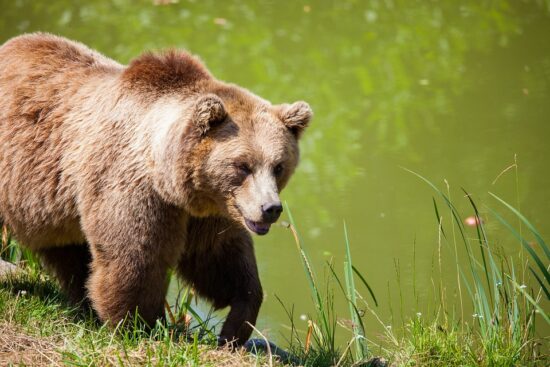The oral microbiota of wild bears in Sweden reflects the history of antibiotic use by humans
Following the advent of industrial-scale antibiotic production in the 1940s, antimicrobial resistance (AMR) has been on the rise and now poses a major global health threat in terms of mortality, morbidity, and economic burden. Because AMR can be exchanged between humans, livestock, and wildlife, wild animals can be used as indicators of human-associated AMR contamination of the environment. However, AMR is a normal function of natural environments and is present in host-associated microbiomes, which makes it challenging to distinguish between anthropogenic and natural sources. One way to overcome this difficulty is to use historical samples that span the period from before the mass production of antibiotics to today.
AMR NEWS
Every two weeks in your inbox
Because there should be one newsletter that brings together all One Health news related to antimicrobial resistance: AMR NEWS!





